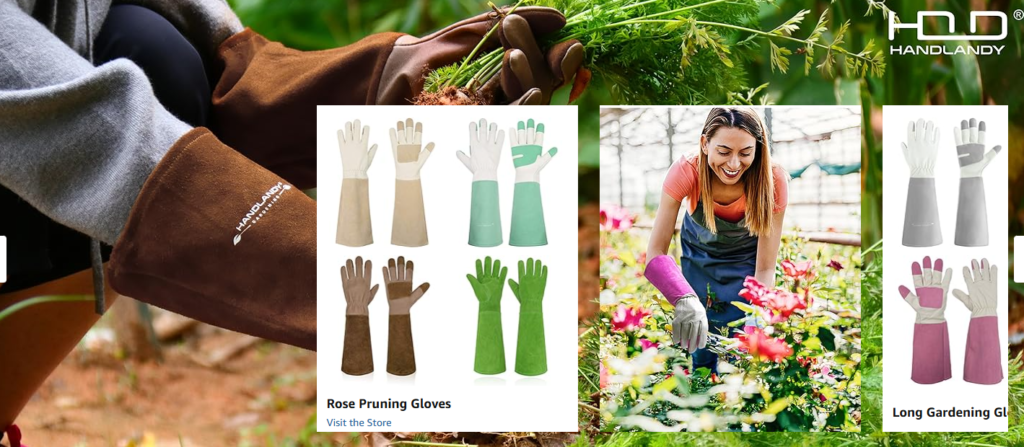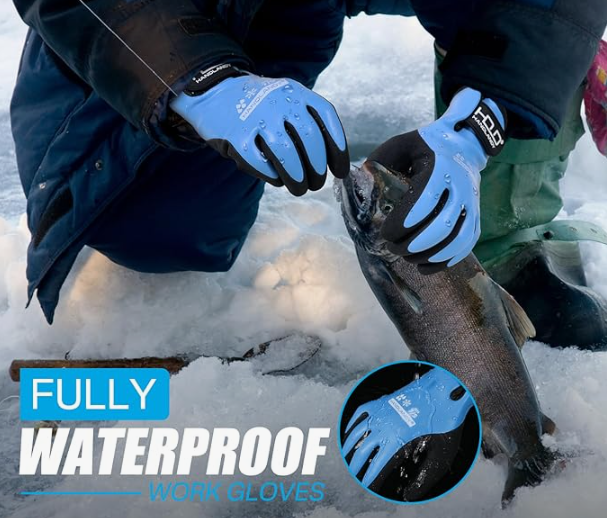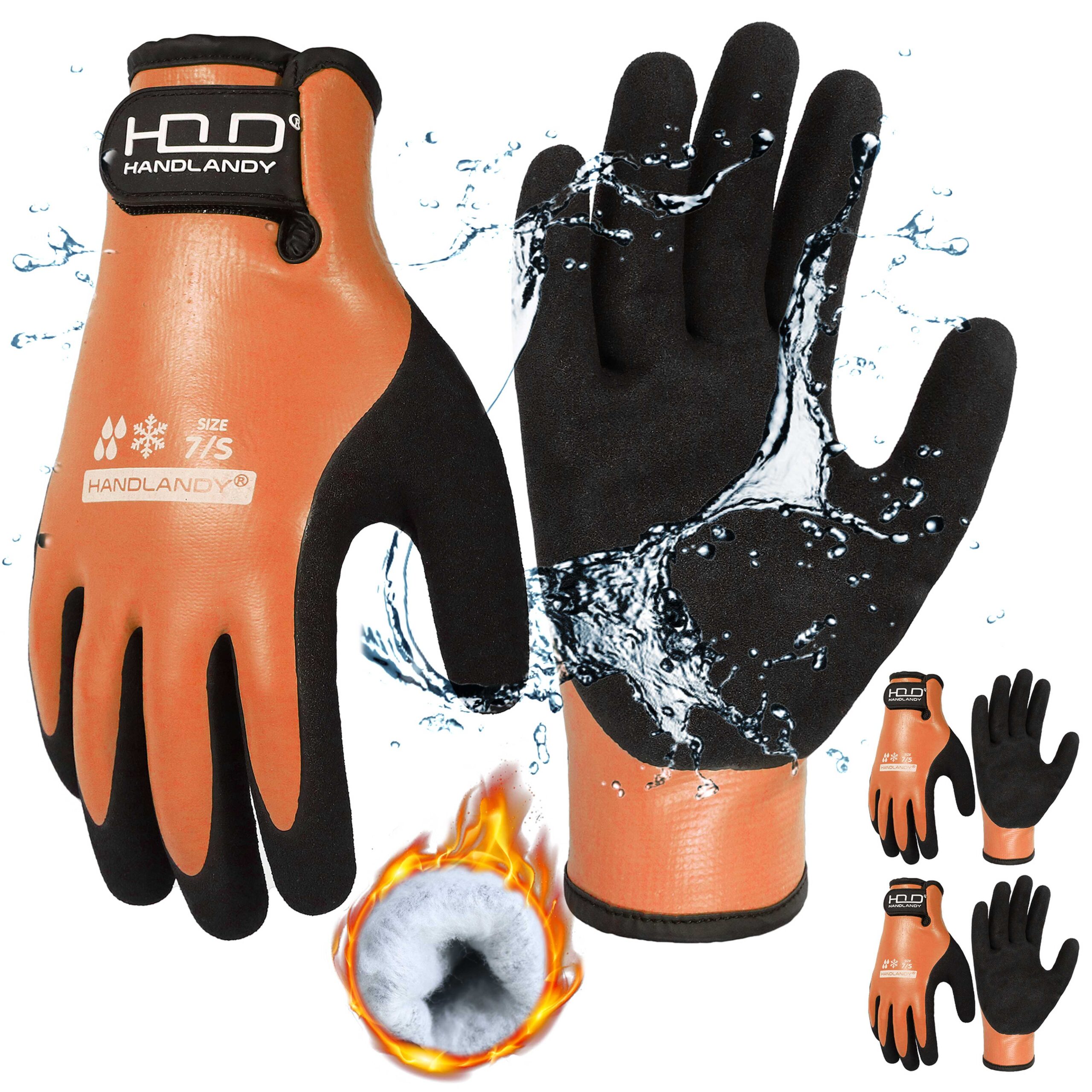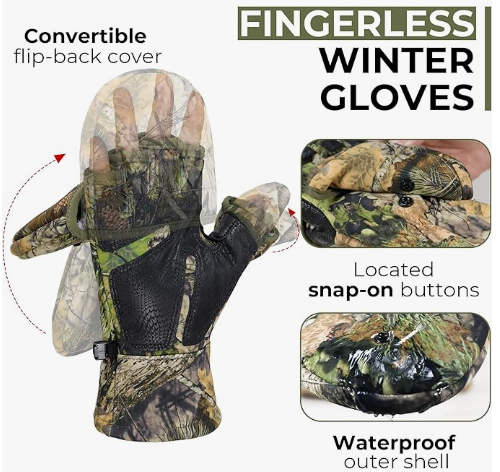Introduction
Gardening gloves are essential tools for any gardener. They protect your hands from cuts, blisters, and dirt while making it easier to handle tools and plants. But with so many types of gloves available, how do you choose the best ones for your gardening needs? This article will help you understand the different types of gardening gloves and how to pick the right pair.
Types of Gardening Gloves
Leather Gloves
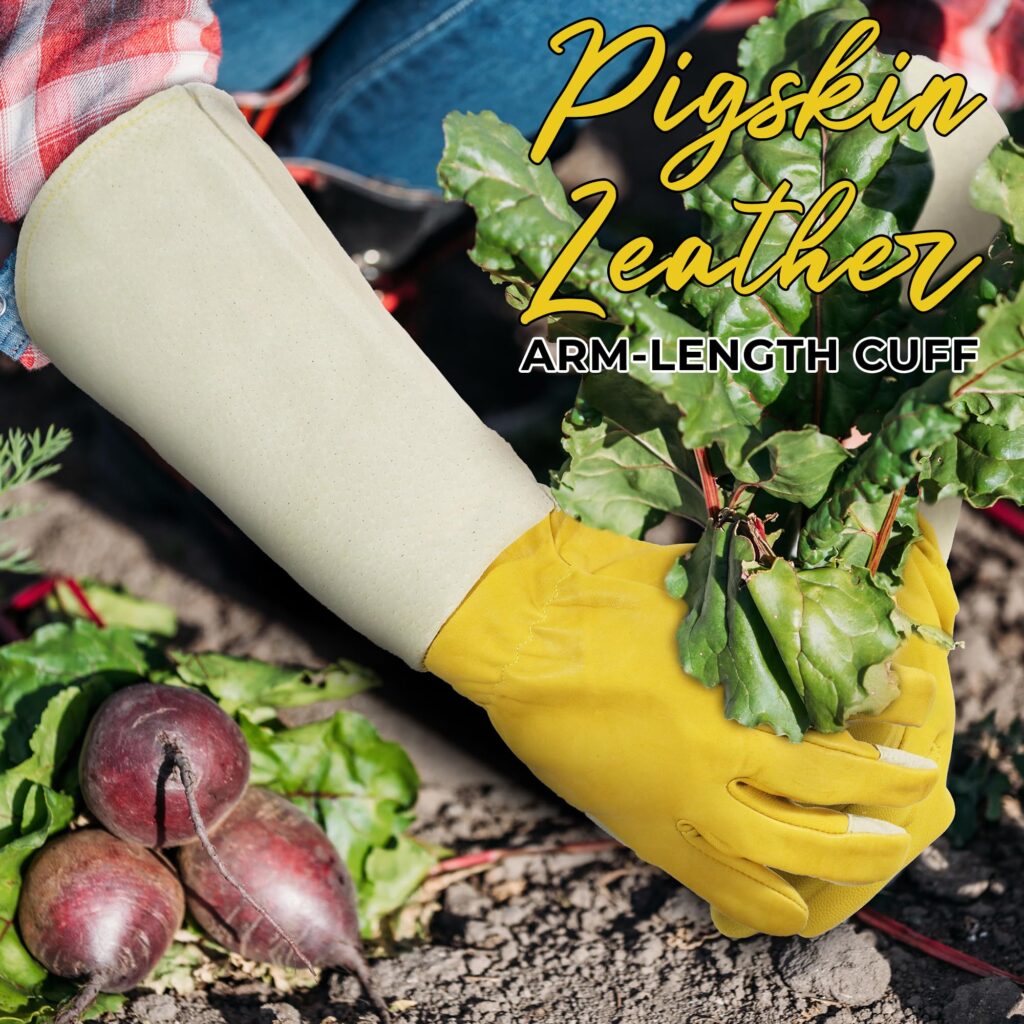
Leather gloves are tough and durable. They offer great protection when you’re doing heavy-duty tasks like pruning or handling thorny plants. They can be a bit stiff at first, but they soften up over time. However, they’re not very water-resistant and can get heavy when wet.
Canvas Gloves
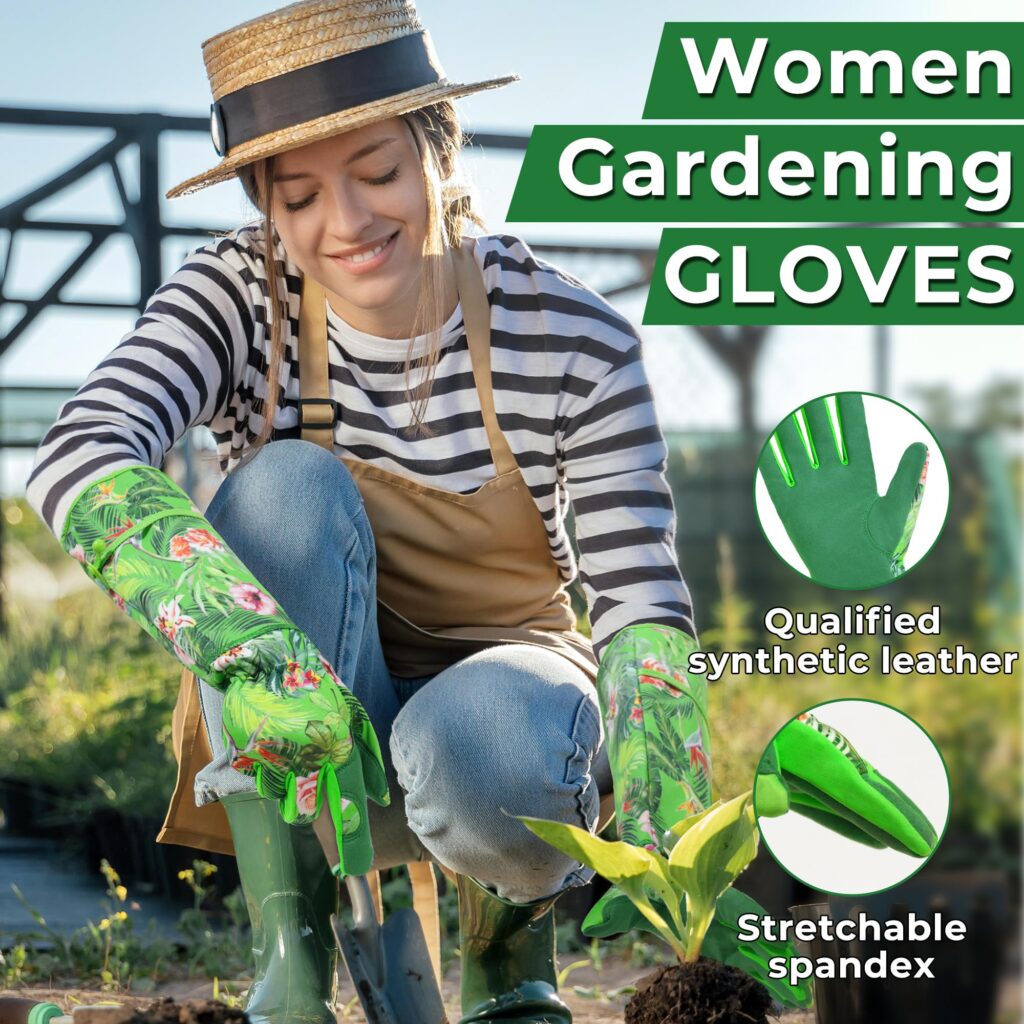
Canvas gloves are lightweight and breathable. They’re perfect for general gardening tasks like weeding and planting. They allow your hands to breathe, which is great for long hours in the garden. But they don’t offer much protection against sharp objects or chemicals.
Nitrile Gloves

Nitrile gloves are made from synthetic rubber. They’re water-resistant and flexible, making them ideal for tasks that involve chemicals or wet conditions. They also have a good grip, which is useful when handling slippery tools or plants.
Rubber Gloves
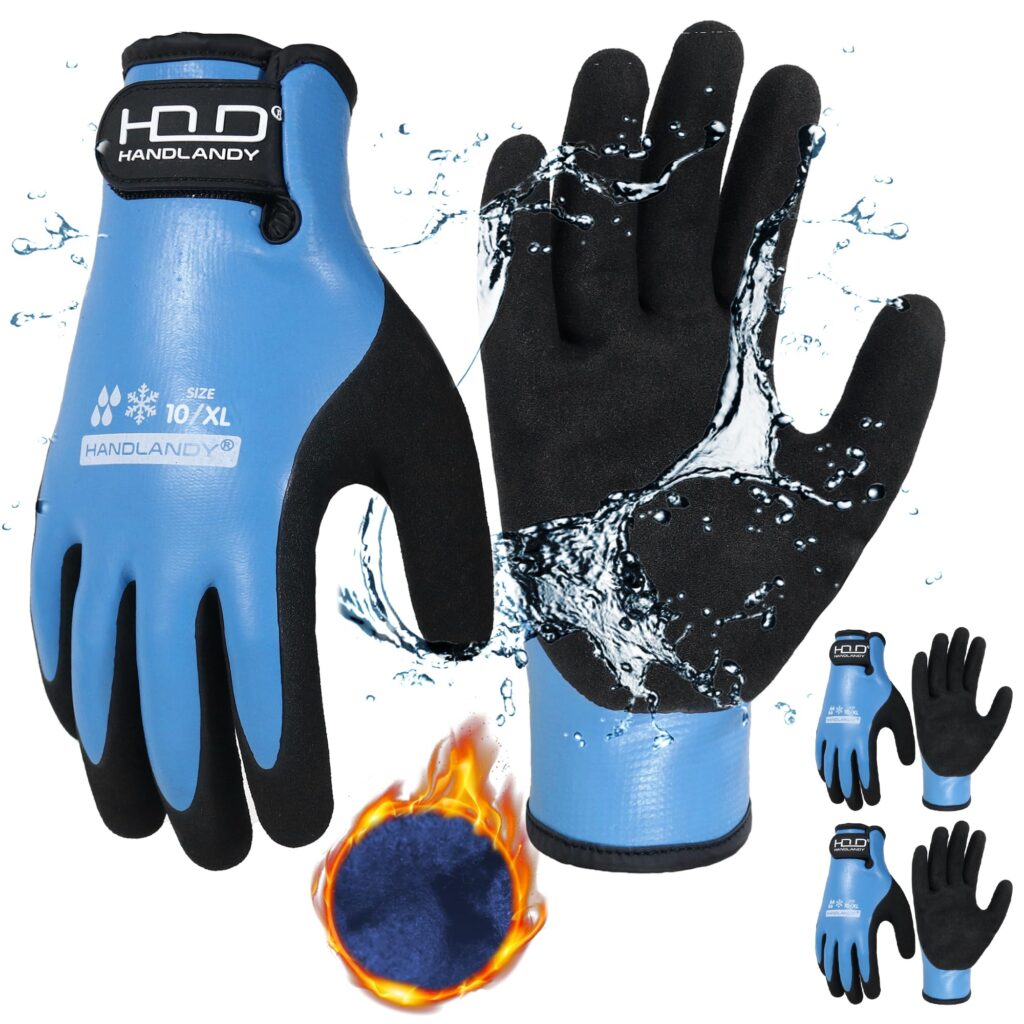
Rubber gloves are excellent for keeping your hands dry. They’re often used for cleaning garden tools or handling wet soil. They’re very water-resistant but can be a bit bulky and less breathable.
Fleece-lined Gloves
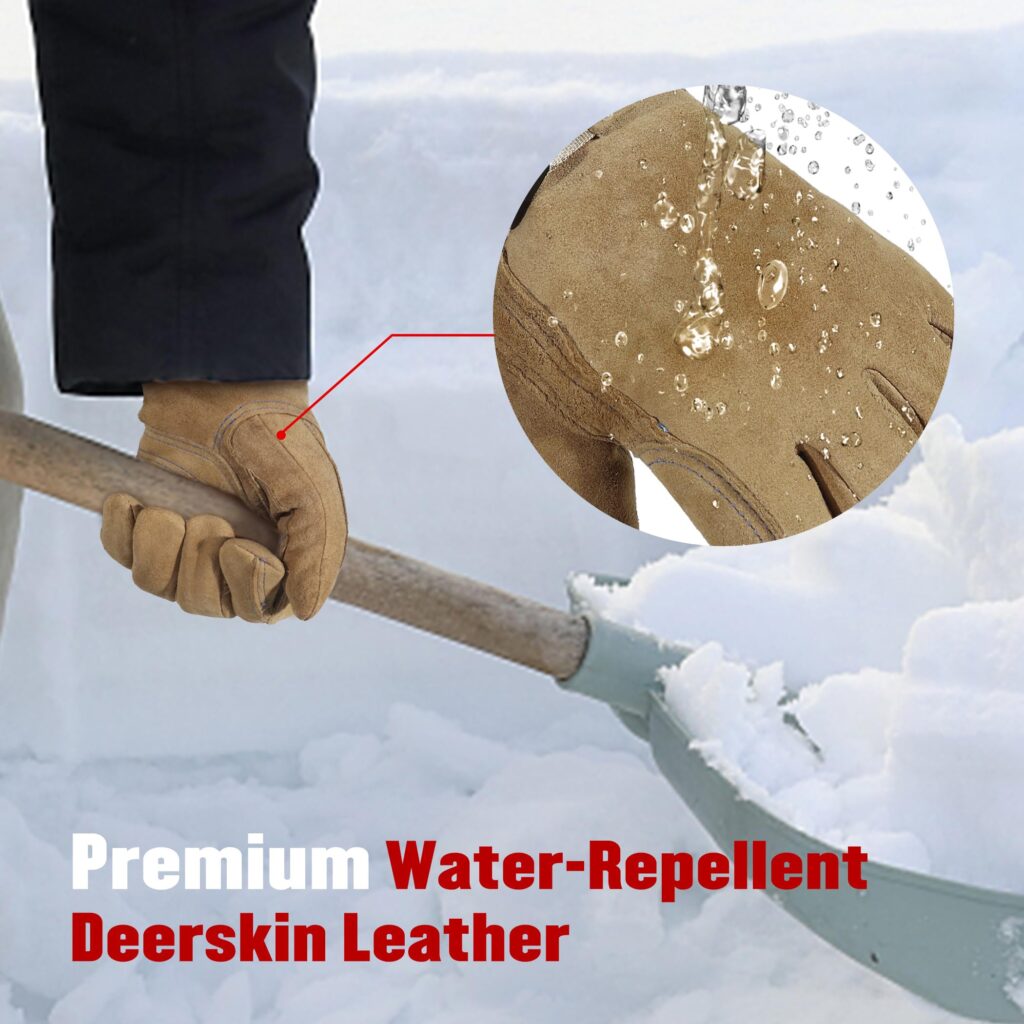
If you garden in cold weather, fleece-lined gloves are a great choice. They keep your hands warm and comfortable. They’re usually made with a waterproof outer layer to keep out the rain and snow.
Factors to Consider When Choosing Gardening Gloves
Material
Different materials offer different benefits. Here’s a quick comparison:
表格
复制
| Material | Pros | Cons |
|---|---|---|
| Leather | Durable, good protection | Not water-resistant, can be stiff |
| Canvas | Lightweight, breathable | Less protection, not water-resistant |
| Nitrile | Water-resistant, flexible | Can be slippery if not textured |
| Rubber | Excellent water resistance | Bulky, less breathable |
| Fleece | Warm, comfortable | Not suitable for warm weather |
Fit and Comfort
A good fit is crucial. Gloves that are too tight can restrict movement, while gloves that are too loose can be cumbersome. Look for gloves with adjustable cuffs and padding in the palms for added comfort.
Functionality
Consider the tasks you’ll be doing. If you need to use your phone while gardening, look for gloves with touchscreen compatibility. A good grip is also important, especially if you’ll be handling wet or slippery items.
Price
Gardening gloves come in a wide range of prices. While more expensive gloves often offer better quality and durability, there are also many affordable options that perform well.
Top Recommendations for Gardening Gloves
Best Overall: Leather Gloves
Leather gloves are a great all-around choice. They’re durable and offer good protection. They may be a bit pricey, but they’re worth the investment if you do a lot of heavy-duty gardening.
Best for Heavy-duty Tasks: Leather Gloves
For tough tasks like pruning and handling thorny plants, leather gloves are the best choice. They provide excellent protection and durability.
Best for Comfort: Canvas Gloves
Canvas gloves are lightweight and breathable, making them perfect for general gardening tasks. They’re comfortable to wear for long periods and won’t break the bank.
Best for Water Resistance: Nitrile Gloves
If you need gloves that can handle wet conditions, nitrile gloves are the way to go. They’re water-resistant, flexible, and have a good grip.
How to Care for Your Gardening Gloves
To keep your gloves in good condition, clean them regularly. For leather and canvas gloves, you can use a damp cloth and mild soap. For rubber and nitrile gloves, rinse them with water and let them air dry. Store your gloves in a cool, dry place to prevent them from getting damaged.
Conclusion
Choosing the right gardening gloves depends on your specific needs. Consider the type of tasks you’ll be doing, the weather conditions, and your budget. By selecting the right gloves, you can make your gardening experience more enjoyable and protect your hands from harm. Happy gardening!


